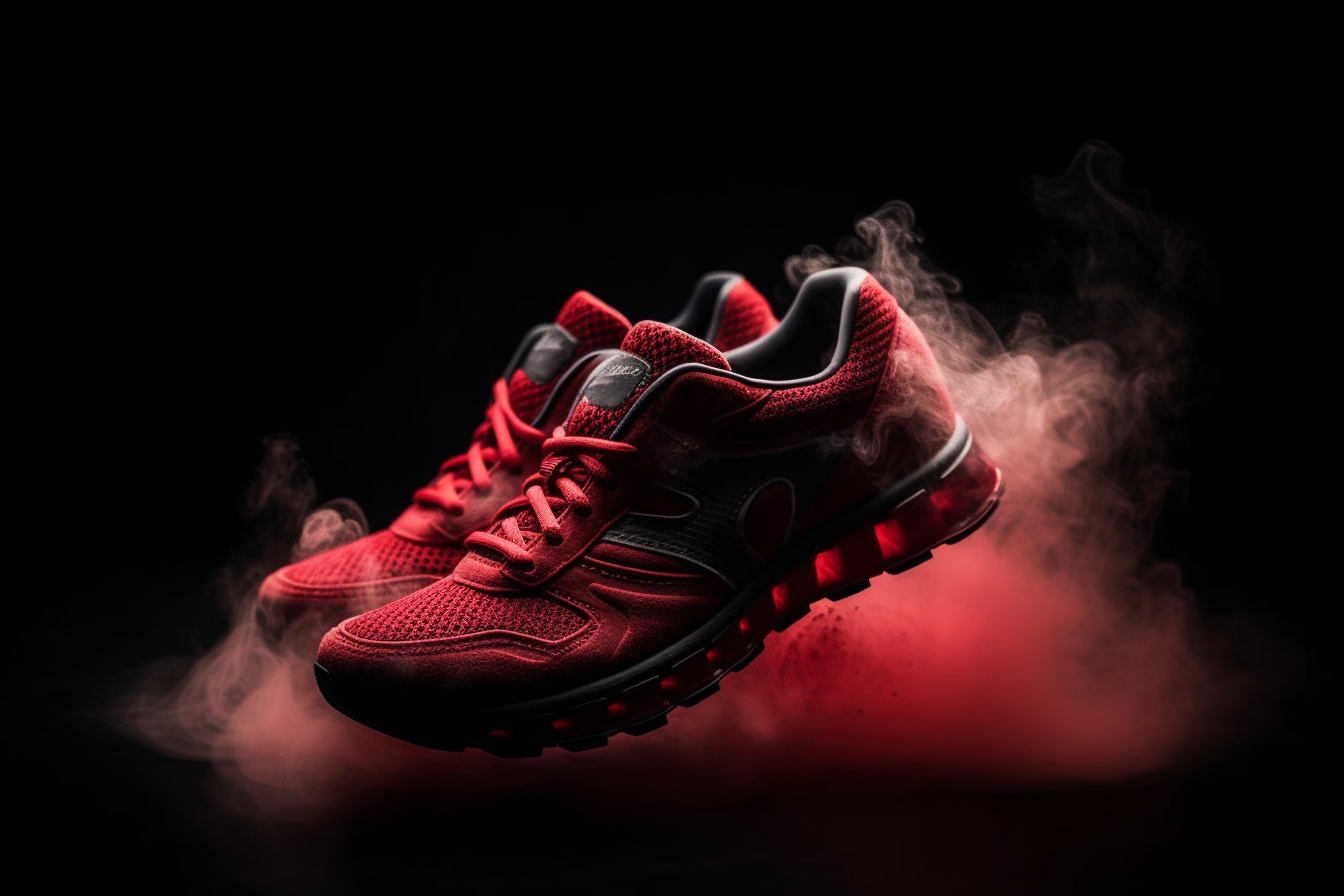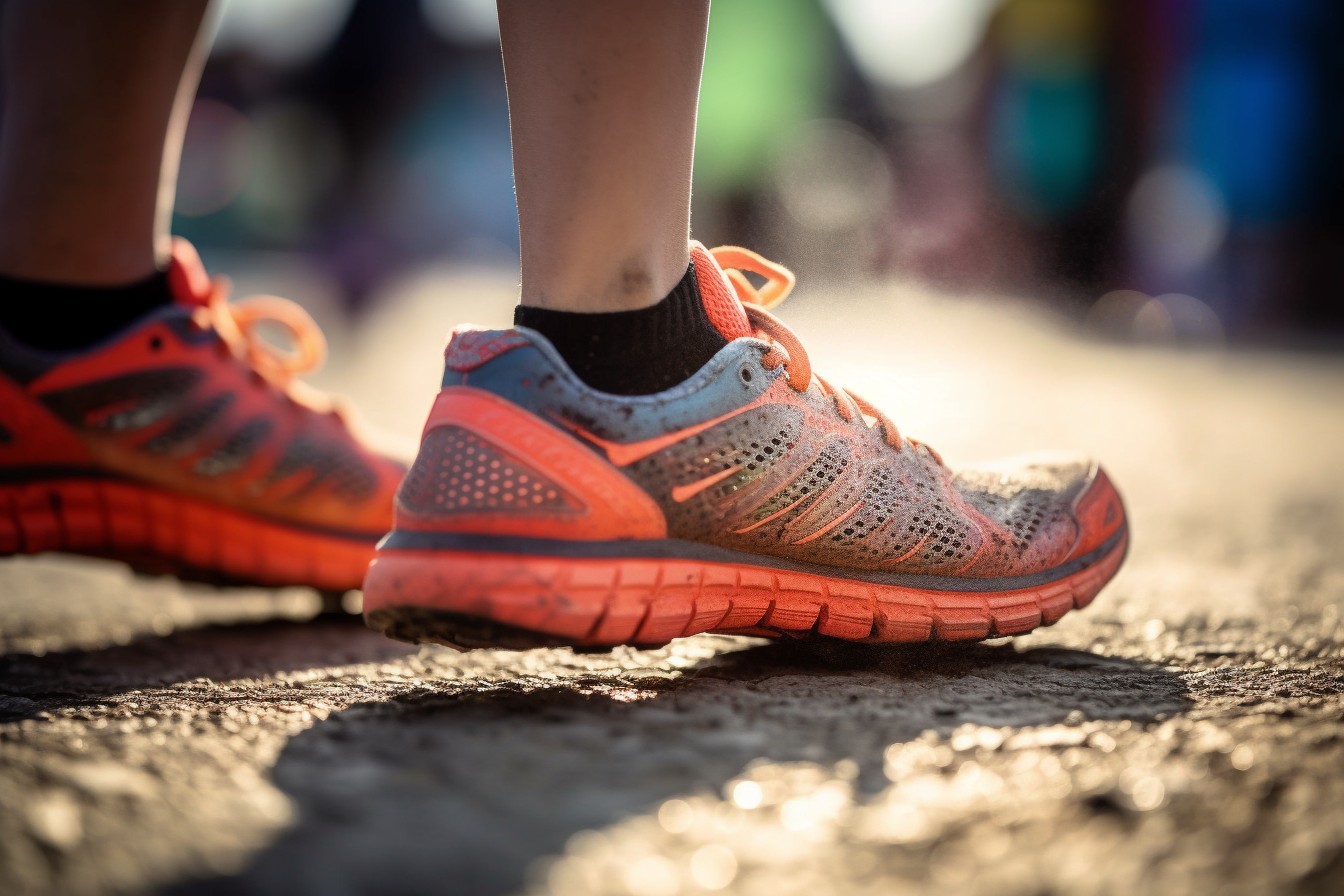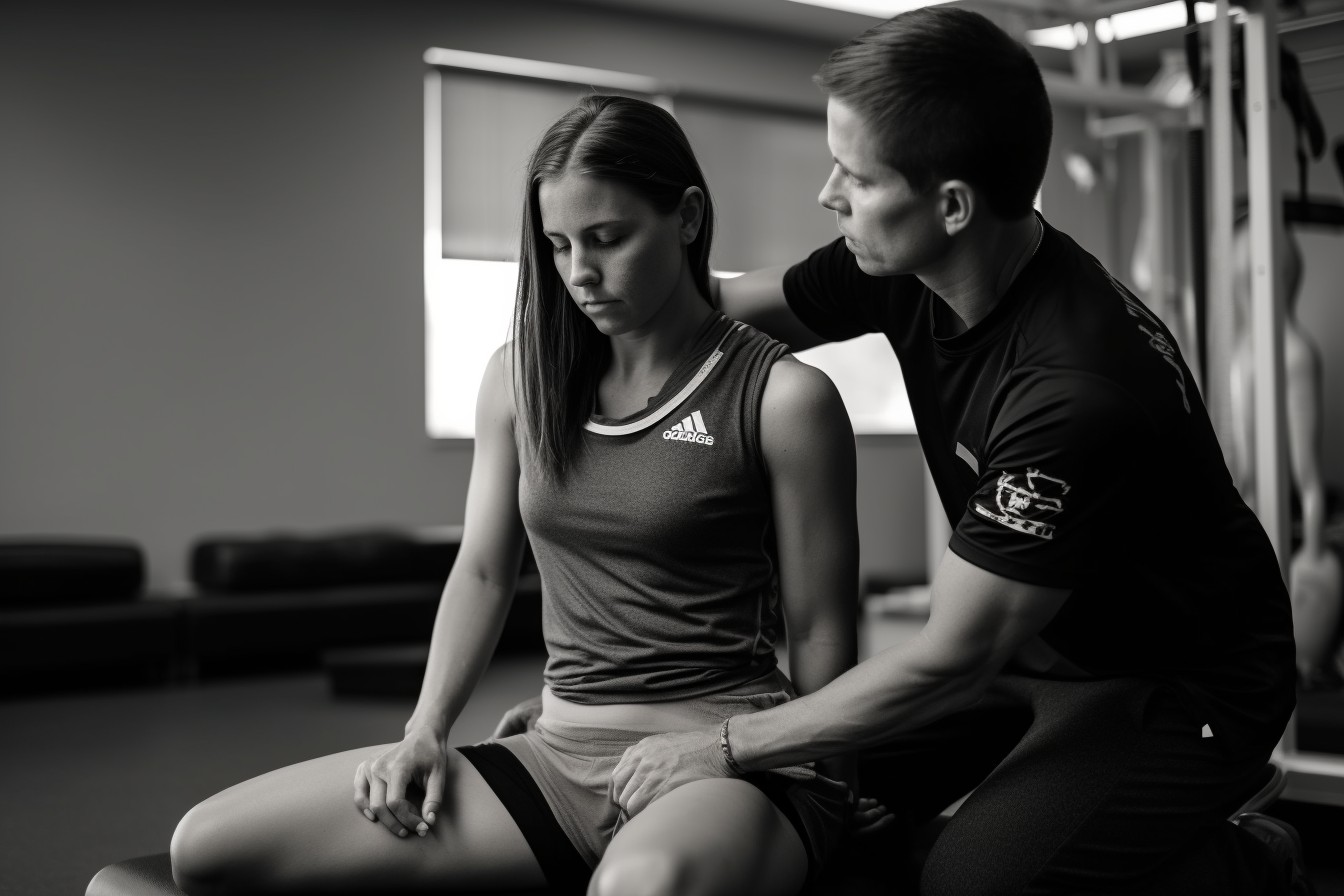Tag: running
-

Run track workouts for Ironman Triathlon
Effective Interval Training for Improved Run Performance in Ironmans Effective Interval Training for Improved Run Performance in Ironmans Are you an Ironman athlete looking to improve your run performance? If so, incorporating interval training into your track workouts can be a game-changer. Interval training is a highly effective method that involves alternating between high-intensity bursts…
-

Ironman training – track workouts?
Essential Speed Workouts to Enhance Running Performance in Triathlons Are you training for an Ironman triathlon and looking to improve your running performance? If so, incorporating speed workouts into your training regimen is essential. These workouts not only help you build speed and endurance but also simulate race conditions, allowing you to push yourself to…
-

Best run track workouts for Ironmans
When it comes to preparing for an Ironman race, incorporating track workouts into your training routine can be highly beneficial. Track workouts offer a controlled environment that allows you to focus on specific aspects of your performance, such as speed, endurance, and pacing. In this article, we will explore some of the best run track…
-

Run Shoe Cushioning
There is a common belief that cushioned shoes protect runners from musculoskeletal stress and running injuries. Many people think that heavier runners should use shoes with more cushioning to prevent injuries. However, surprisingly, no study has demonstrated the positive impact of increased shoe cushioning on injury risk. In addition, the mechanisms that explain the potential…
-

Shoes vs Injuries
Introduction It is believed that shoe cushioning protects runners from repetitive stress on the musculoskeletal system and, consequently, from running injuries. It is commonly thought that heavier runners should use shoes with enhanced cushioning properties to prevent running injuries. Surprisingly, no study to date has demonstrated a positive effect of increased shoe cushioning properties on…
-

Running With Iliotibial Band Syndrome (ITBS): What You Need to Know
Iliotibial Band Syndrome (ITBS) is a common injury among runners that can cause pain and discomfort in the knee and hip area. It occurs when the iliotibial band, a thick band of tissue that runs from the hip to the knee, becomes inflamed or irritated. This condition can be caused by a variety of factors,…
-

Understanding and Treating Iliotibial Band Syndrome (ITBS) in Runners
Iliotibial Band Syndrome (ITBS) is a common injury among runners that causes pain on the outer side of the knee. It occurs when the iliotibial band, a thick band of tissue that runs from the hip to the knee, becomes tight or inflamed. ITBS can be caused by a variety of factors, including overuse, poor…
-

Tackling Iliotibial Band Syndrome (ITBS): Strategies for Runners
Iliotibial Band Syndrome (ITBS) is a common injury among runners that causes pain on the outer side of the knee. It occurs when the iliotibial band, a thick band of tissue that runs from the hip to the knee, becomes tight or inflamed. ITBS can be a frustrating injury for runners, as it can sideline…
-

Beating Iliotibial Band Syndrome (ITBS): A Runner’s Journey
This article will discuss the journey of a runner who successfully overcame Iliotibial Band Syndrome (ITBS), a common injury among runners. The article will provide information on the causes, symptoms, and treatment options for ITBS, as well as tips for preventing the injury from occurring in the first place. By sharing this runner’s experience, readers…
-

Running Goals: How to Overcome Micro-Quitting
Introduction: Running is a great way to stay fit and healthy. However, it can be challenging to maintain a consistent running routine, especially when you encounter obstacles along the way. One of the most common obstacles that runners face is micro-quitting. Micro-quitting refers to the tendency to give up on your running goals when faced…










